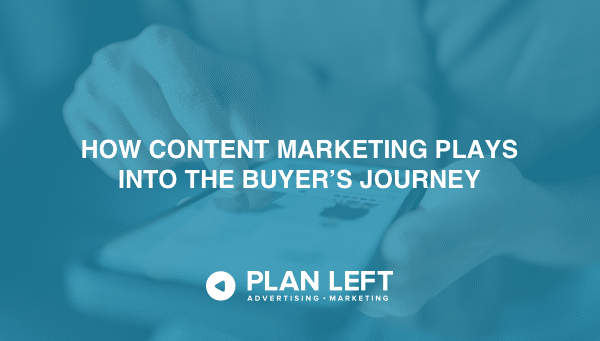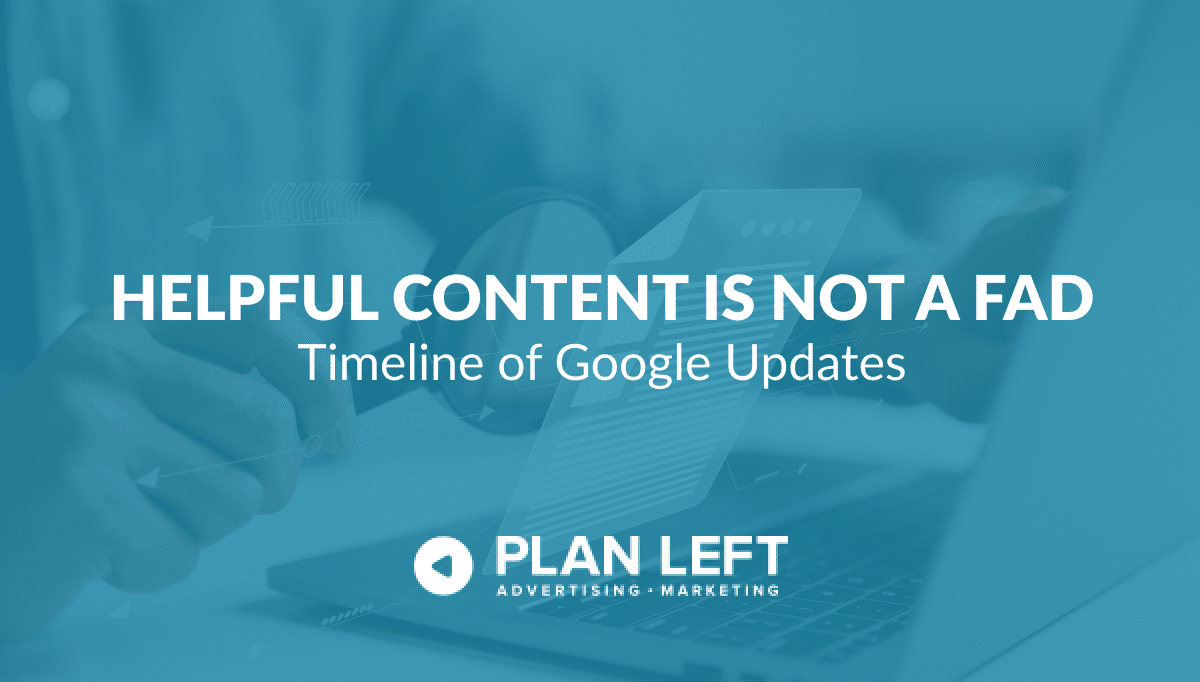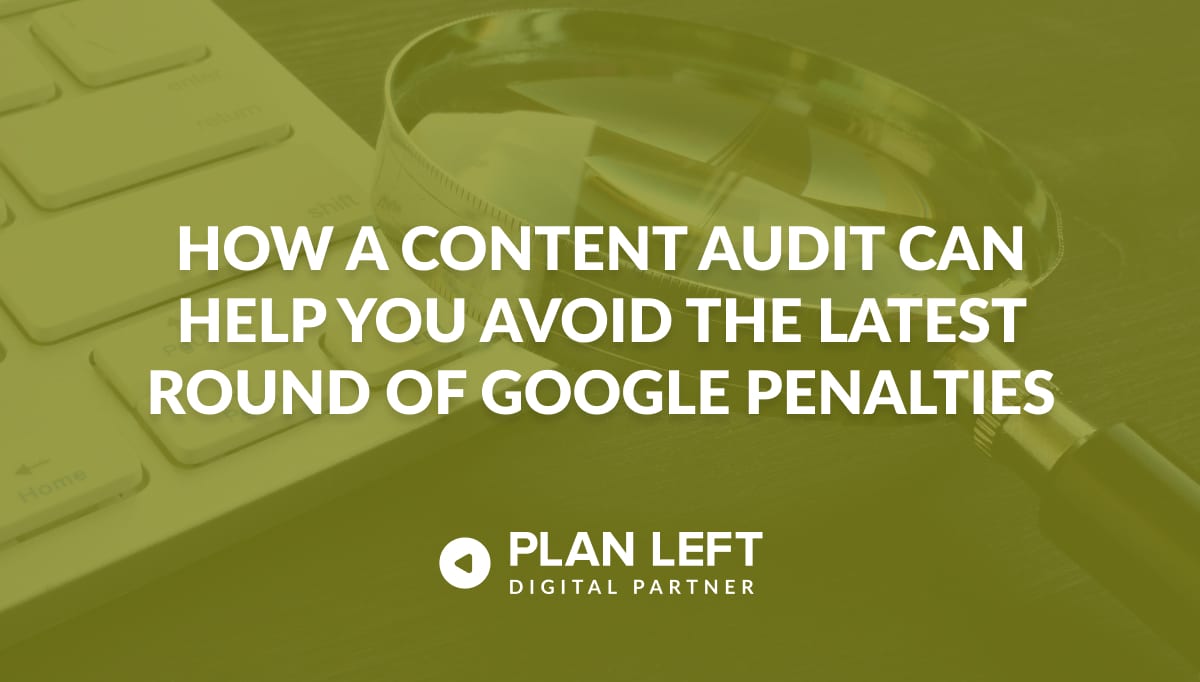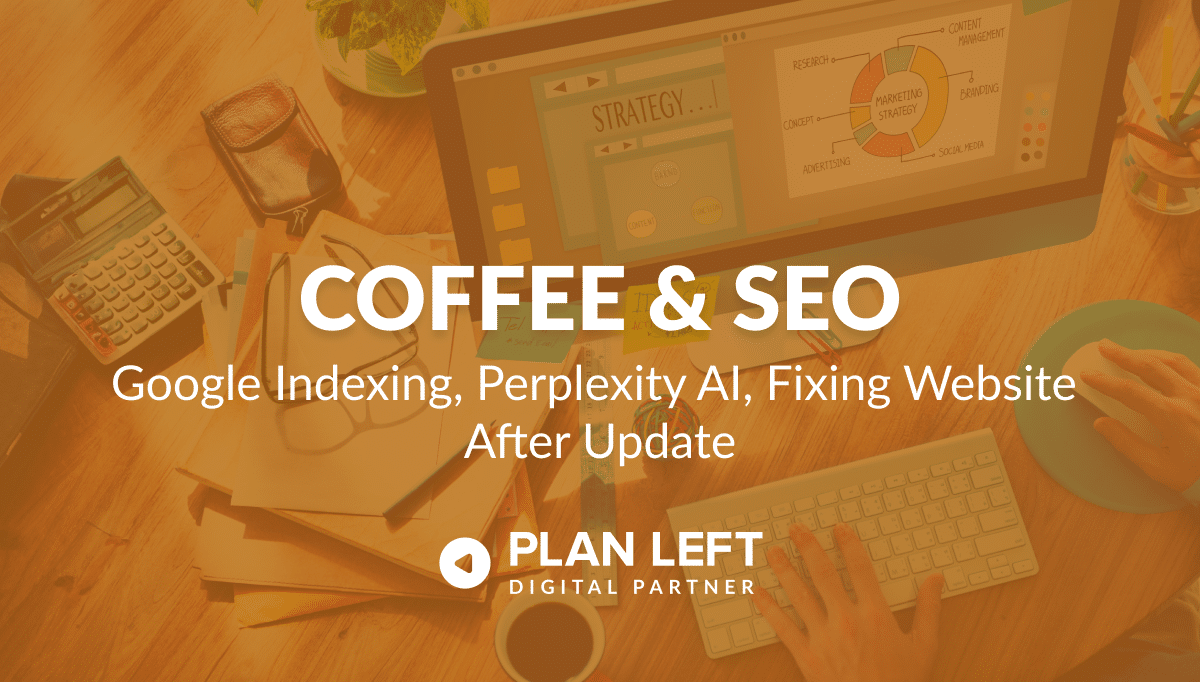
Updated Content on 7/04/2023
If you’re in sales, you know all about the funnels and cycles that make up a buyer’s journey. Most companies separate marketing and sales. In reality, the two can and should work together because buyers all make the same moves from one step to the next.
Consumers don’t know if they’re in a funnel or a cycle. They’re just looking for solutions. It’s up to you as a marketer to guide them through the conversion, which usually means buying something.
Don’t worry; it’s not that complicated: there are three stages of the buyer’s journey, each with its own list of marketing tactics. Let’s take a look at each of those stages first.
Simplify the Journey
Thinking about the different stages in the marketing funnel or sales cycle, you know it all starts with awareness. Somehow, you have to get the buyer’s attention. Buyers usually don’t realize they’re looking for your products or services. They just know they have a need and are searching for a solution.
Next, there’s the consideration stage. This is where the buyer asks questions, and you answer them—and that’s not just for the sales professionals, either. Successful marketing relies on answering those questions for buyers, especially before the buyer even knows they have a question.
Finally, there’s the conversion stage, where the buyer becomes, well, a buyer. This is the last-minute, hail-mary phase of the journey, where the buyer knows they need your product, but they’re still trying to commit. They might need another nudge or two in the right direction.
Engaging During the Journey
Awareness
The awareness stage is probably the easiest for marketers but the hardest for sales. This is when commercials, blogs, SEO, print ads, search ads, display ads, social media, and social media ads get the most attention.
Your goal here is not just to get your business in front of as many eyes as possible but to get in front of as many eyes of your target audience as possible. It’s all about publicity. Make them aware of your presence. Show buyers that they need you in their lives.
As marketers, it’s important to remember that you should start answering questions right away. No, you don’t want to get too involved with details, but you do want to give real, honest reasons why buyers should purchase. Consumers love free education and free help, so it’s up to you to provide that value before they decide to buy.
84% of all shoppers have made impulse purchases. That’s not to say you should focus all your efforts on awareness only, but getting this stage right is the foundation for all future purchases.
Consideration
When you reach the consideration stage, buyers are curious enough to start asking more questions. This is the time for your content marketing to shine.
A FAQ page on your website is a great place to start but don’t stop there. Take those questions and write a whole blog about each. Consider creating downloadable content for buyers to learn more about your products and services. Downloadable checklists, e-books, and whitepapers are perfect consumer resources. Create tutorials and other informational videos highlighting all the benefits of your products or services.
You want to show how your brand stands out from the competition. Why should consumers choose you over a different brand?
Once you’ve made all this content, you can recycle it on social media. Pull quotes from your latest blog and post them on Instagram and Twitter. Share your newest video on LinkedIn. Cut down that video and throw it on TikTok. You don’t have to make 100% fresh content for every platform, so make the best use of what you already have.
You also want to be vigilant with your social media to catch questions and comments from buyers in the consideration phase. If they ask a question via Twitter and you don’t answer, you may have missed your chance to move them into the conversion stage. They may go straight to your competitor instead.
Engage! Keep those buyers reading, asking, watching videos, and laughing (if possible).
Conversion
Did you know that only 8% of conversions happen on the first interaction with a brand? As we said before, awareness is powerful and can lead to impulse purchases. But with most brands, consumers need consistent reminders and resources before they’ll finally cave in and convert.
What kind of content would someone just about to buy want to see? In most cases, something with a little bit of reassurance goes a long way. Free trials, discounts, and customer testimonials keep potential buyers engaged with your products and services. If you interact with these consumers at the right time, these offers will translate into a purchase.
Keep pushing, educating, and offering potential customers your knowledge and support. As long as you’re not coming off too salesy, consumers will realize how helpful you are and grow to trust you. That’s when they’ll finally convert.
Much of what we do at Plan Left is content marketing, and the buyer’s journey is why. The content you create and share during every phase of the buyer’s journey is essential and will work toward convincing your prospects to purchase. If you have yet to consider your content strategy or think content just isn’t important, you could be missing out on sales.
It’s never too late to overhaul your content strategy. Give us a call if you want to discover more about how you can use content to drive the buyer’s journey. We want nothing more than to help you grow your business.
Explore Latest Posts
In 2011, Google first changed how content was written with the Panda Update by changing how keywords could be used ... read more
April 17, 2024
The latest Google algorithm changes have shaken the search marketing world. While the Google Spam update has finished, the Google ... read more
April 16, 2024
The latest Google Spam update ended 15 days after being rolled out, but the Google Core update is still in ... read more
April 12, 2024
MARKETING insights
Join the Thousands Who Receive Our Twice-Monthly Newsletter.
It's hard to keep up. Our newsletter is packed with buyer behavior insights, the latest marketing and technology updates, work/life balance tips, and—because we ❤️ our support staff—adorable pets looking for forever homes. Only twice per month. No clogged inboxes. You can't say no.




